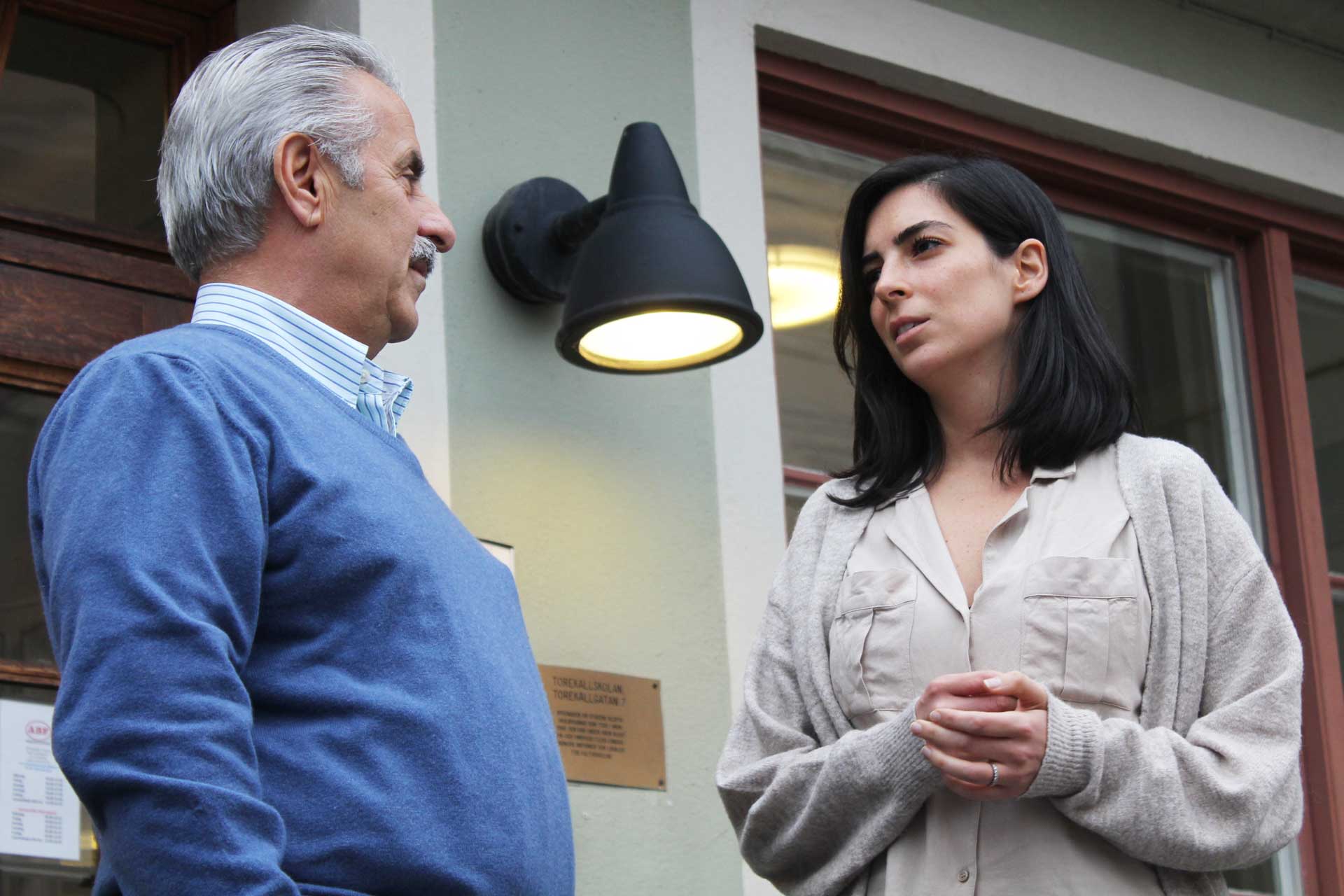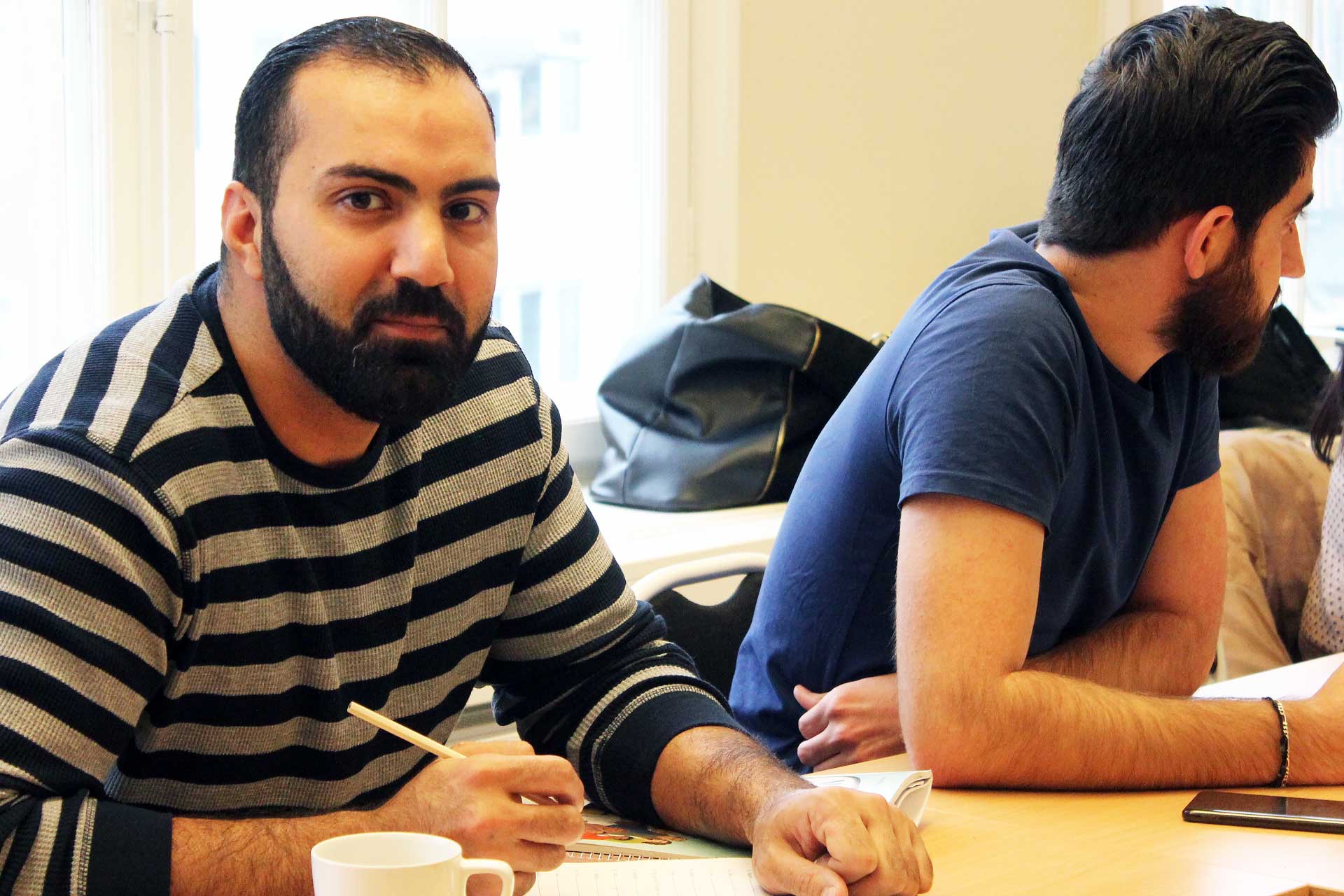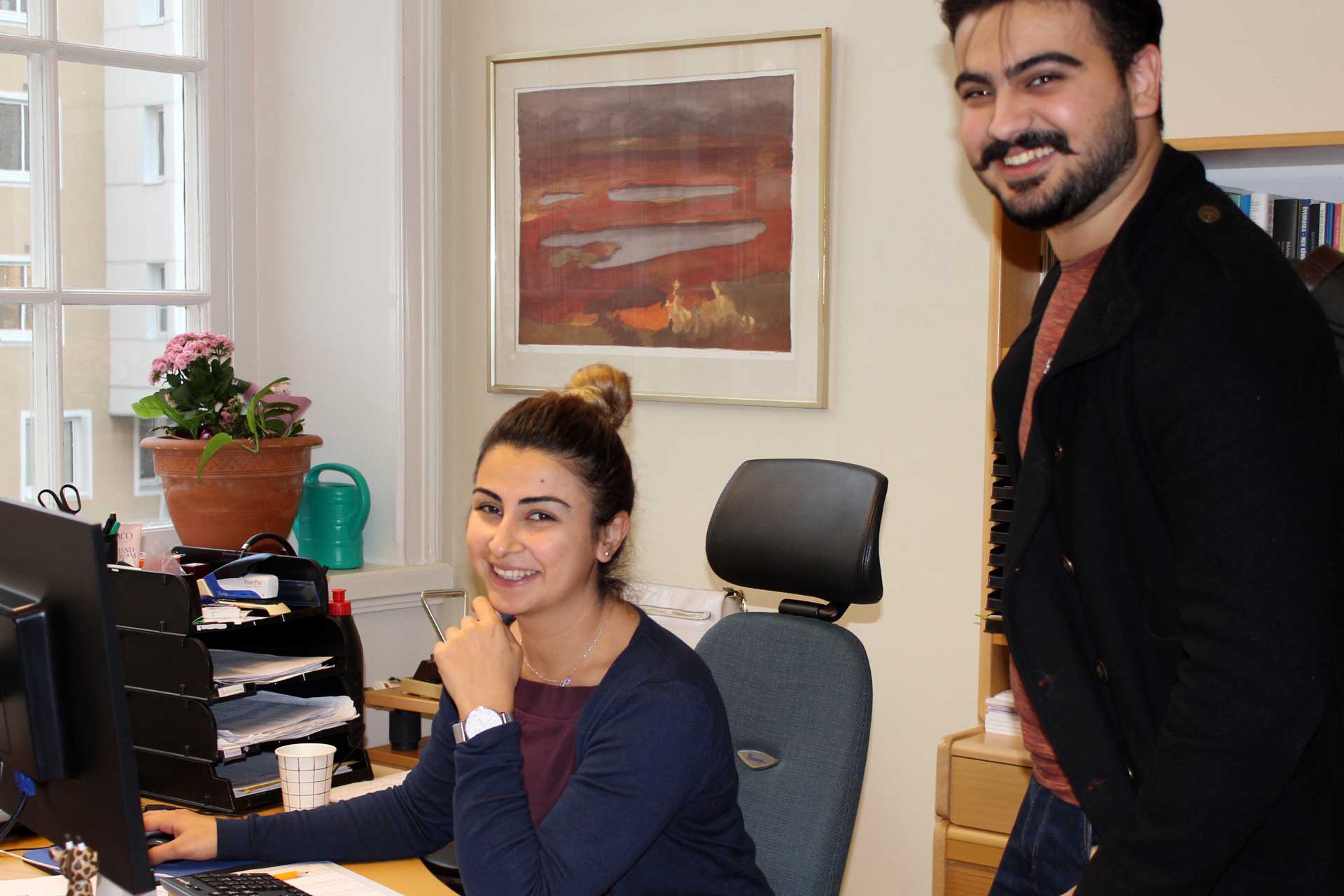ABF Södertälje-Nykvarn matches newly arrived migrants with local associations, as a way to understand their new country, practice the language and get to know people with the same interests as themselves. Being active in an association is also a path to learning democratic values.

ABF Södertälje-Nykvarn
Södertälje, Sweden
Purpose of the method
By engaging newly arrived migrants in local associations, ABF Södertälje-Nykvarn hopes to offer them the chance to be included in a social context that makes it possible to practice the Swedish language, understand Swedish culture and learn about democratic values.
Background
ABF Södertälje-Nykvarn has been working actively for many years to start and support associations in Södertälje. Approximately 90 associations have been established over the past two decades, with almost 70 of these remaining active within ABF to this day. Based on the close collaboration that ABF enjoys with these types of organisations, it has been possible to observe the significant role that associations are able to play in meeting the need of newly arrived immigrants for opportunities to find a context in and integrate with society.
ABF Södertälje-Nykvarn uses this experience to match newly arrived migrants with associations in Södertälje.


Description of method
ABF takes a holistic approach and implements long-term working methods to promote the integration of the newly arrived migrants that register with ABF in Södertälje. Information that newly arrived migrants can undertake their integration journey with ABF has been disseminated to local associations and other key stakeholders. The role of ABF as a development platform is also spread by word of mouth. One woman registered her husband before he had even left Syria.
Participants appreciate the fact that they are under no obligation to attend ABF and, as we are a non-governmental organisation, we are not associated with the same negative experiences that many new arrivals may have of public authorities.
When a migrant registers with ABF, they are asked to answer questions about their education and study habits, language skills, knowledge and experience. At ABF, the knowledge that new arrivals possess is taken seriously; for example, a trained teacher may in future be employed as a circle leader at ABF and become a role model for future migrants.
Prospective participants do not need to book an appointment as our organisation is based on drop-in business and, as ABF’s premises are located in Södertälje town centre, it is easy for them to pop in to see us. There are also many study rooms, making it possible for a large number of study circles to meet simultaneously.
On registering with ABF, newly arrived migrants will be able to:
- attend study circles in Swedish;
- obtain information about Swedish society in their native language;
- go on study visits;
- listen to presentations on working life in Sweden; and
- receive information on local associations.
The participant will then be matched with an association that may be of benefit to them, often one run by a fellow countrywoman or man. At a later stage, ABF will try to provide a link between the migrant and an association based on an interest such as music or theatre. This is to promote integration by allowing those who are newly arrived in Södertälje to meet local people who share the same interests.
It is important to maintain ongoing regular contact with associations and ABF therefore arranges quarterly meetings of chairpersons and study organisers, as well as sending out a monthly newsletter to all associations.
In order to reinforce and develop the competences of associations, an employee of ABF attends board meetings as an adjunct member.
To cement the connection between ABF and the passionately engaged members who drive associations, a 12-person Association Development Team has been created. This team proposes ideas for the development of ABF and then takes part in the development work.
Over the course of the year, ABF Södertälje-Nykvarn conducts four meetings with circle leaders to inform them about our activities and listen to their needs and ideas. These meetings also provide a forum for circle leaders from various associations to exchange experiences and learn from one another.
ABF also conducts a number of training courses for specific functions. All associations receive boardroom training, including decision-making and democratic processes. Associations also receive an introduction to adult education. ABF also trains auditors on the specifics of auditing association accounts.
All of the work conducted to strengthen associations is crucial to creating a stable and active association culture in which collaboration with ABF plays an unequivocal role.
When it comes to funnelling newly arrived migrants into local associations, one of our tasks is to create a sense of security among migrants that, in Sweden, there is no danger attached to involvement is an association. ABF invites newly arrived members of the community to a meeting on Sweden’s association culture and the part it plays in civil society; In an association, one shares an interest and gains a social network.
It takes time to create trust and a sense of security. ABF invests in creating geographical associations in which various ethnic groups can meet.


Results
Matching newly arrived migrants to associations is an effective and welcoming way to establish them in Södertälje, while at the same time it ensures that society enjoys the benefits of an active association culture.
This provides these new members of the community with a social context and knowledge of how society is structured. For those who are illiterate, there is always someone in every association who is happy to involve themselves, thus creating networks and reducing isolation.
In order to obtain good results, it is important to both maintain an ongoing dialogue with existing associations and to provide support in the form of knowledge and experience to participants who wish to start a new association.
Migrants arrive with their own interests and knowledge and they will find that these are appreciated here; for example, a group of agronomists started an association with the support of ABF. The association’s members then visited other associations to discuss cultivation and the environment. There was even a doctor’s pool that visited associations to discuss how to take care of oneself to avoid illness. Association members greatly appreciated receiving information in their native language, while the foreign-trained doctors retained their pride and identity as physicians.
Building trust is paramount if we are to succeed in reinforcing new arrivals in establishing themselves in society. Trust is created by being open.
Experiences
Matching newly arrived migrants with associations is a good way of establishing them in Södertälje. It can be difficult to encounter those arriving from a warzone, many of whom will of course be bringing their trauma with them. It is also difficult to encounter people whose asylum applications have been rejected and who must now leave Sweden. ABF Södertälje-Nykvarn assist those whose asylum application has been rejected by strengthening her or him in a trade or profession that is in demand in their homeland.
Study materials
Medborgarboken (The Citizen’s Handbook), ABF Södra Småland.
Collaboration
- Migration Integration Gemenskap (MIG, Migration Integration Community) – a network of formal and informal organisations working with asylum seekers and newly arrived migrants. The network meets a couple of times each year.
- Södertälje Municipality – a collaboration agreement is in place to reinforce cooperation between the municipality and ABF Södertälje.
Resources and funding
State, regional and municipal grants and project funding.
Contact
If you have any questions about the method, please contact ABF Södertälje.

